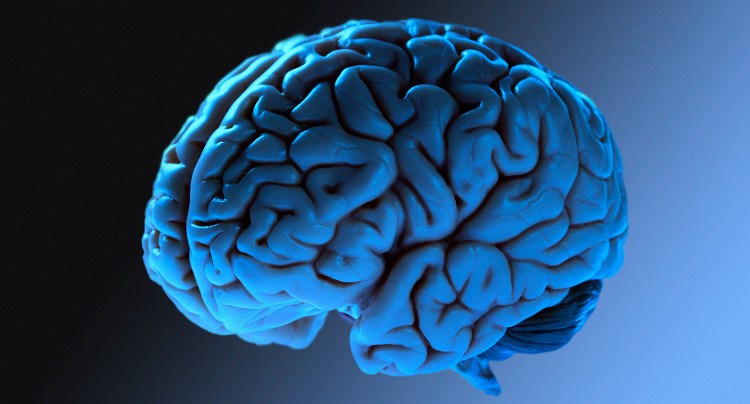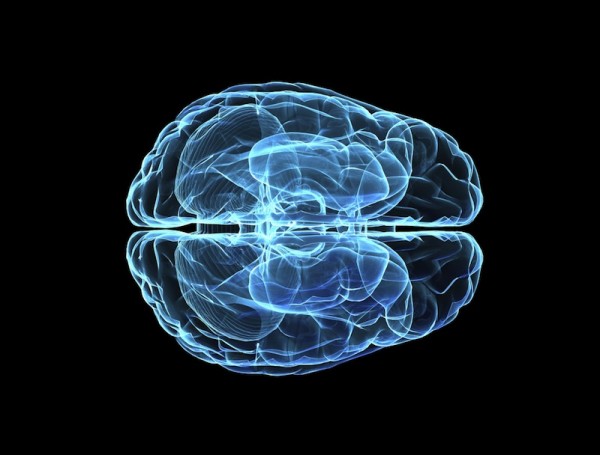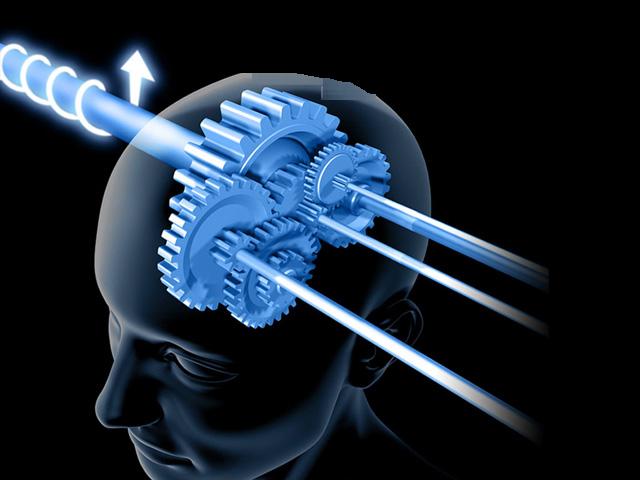 The past two decades have seen enormous advances in our understanding of how the brain works. This advance in neuroscience is due in large part to the implementation of various brain imaging techniques, which yielded a great deal of information about the complexity of neuronal functioning in impressive detail.
The past two decades have seen enormous advances in our understanding of how the brain works. This advance in neuroscience is due in large part to the implementation of various brain imaging techniques, which yielded a great deal of information about the complexity of neuronal functioning in impressive detail.
But despite advances in the understanding of the brain and the dissemination of acquired knowledge, several false beliefs about this organ, the core of our intelligence, persist in the collective imagination. Let's look at some of them.
1. We only use 10% of our brain?
It is perhaps the most common belief about the brain, having its origins in the beginning of the last century and being widely publicized in several works of pseudoscientific literature and also in the cinema.
All the neuroscientific data we have today, especially those from brain imaging, contradict it and indicate that no part of the brain remains totally inactive, not even while we sleep.
In fact, to date, an area of the brain that is not associated with a given function and activity has not been found.
Furthermore, today we know that even the apparently simpler brain tasks, although they may involve more than a given brain area, mobilize the activity of countless others, in a complexity of astonishing interactions.
On the other hand, the brain is the organ that consumes the most energy for its functioning. It doesn't make evolutionary sense to spend so much energy so that 90% of the brain doesn't do anything.
 2. Two brains in one
2. Two brains in one
The idea has taken root that the two cerebral hemispheres have totally different functions, one being the right, more intuitive and artistic, and the other, the left, more analytical and rational.
What neurosciences have verified is that the two hemispheres are in permanent interaction, dialogue, whether we are solving a mathematical problem or playing the piano, for example.
Furthermore, there are numerous cases in which brain injuries that affect one of the hemispheres lead to the functions of the affected areas being transferred to the other hemisphere.
There is therefore great brain plasticity, great connectivity and interaction between the two hemispheres, so that the two will always be somehow active, regardless of the activity in question.
3. Brain size determines intelligence
In addition to the question of what we consider intelligence to be, there is the belief that we are all the more intelligent the larger our brain size.
Biology shows that there are many animals with larger brains than humans and that, more than size per se, the relationship between brain mass and total body mass must be considered. And even in this relationship human beings are not at the top.
What neurosciences have shown is that, more important than size, the number and complexity of connections (synapses) between neurons (brain cells) is what can determine whether we are more or less intelligent.
And, in addition to the genetics that determine size, the complexity of those interactions is conditioned by the learning and experience of each of us, regardless of brain mass.
 4. The brain is inactive while we sleep
4. The brain is inactive while we sleep
The brain never rests. Monitoring brain activity, by electroencephalograms and the most modern brain imaging, shows that the brain is active during sleep.
In fact, we now know that sleep is extremely important for maintaining the quality of connections between nerve cells.
It was recently discovered that, during sleep, processes of cleaning the interneuronal space occur, through a greater circulation of the cerebrospinal fluid, which promotes the elimination of debris resulting from the activity while awake.
Furthermore, it appears that the consolidation of memories occurs more intensely during sleep. So, while we sleep, the brain takes care of tidying up the house and getting ready for the next day.
5. Male brain and female brain
It is a very common matter to assign different capacities to the brain depending on sex.
However, despite the anatomical and hormonal differences that distinguish male from female, no distinctive difference has been found to date in the physiology and metabolism of the brain in the two sexes.
There is a slight difference in sizes but, as mentioned, size does not immediately imply a different function.
However, it must be said that neuroscientists are only just beginning to understand how complex neuronal activity gives rise to the psychological phenomena that determine our intelligence and personality.
But the difference in the body according to sex does not find an immediate difference in the brain that substantiates the adjective of gender.
Author Antonio Piedade
Science in the Regional Press – Ciência Viva


















Comments